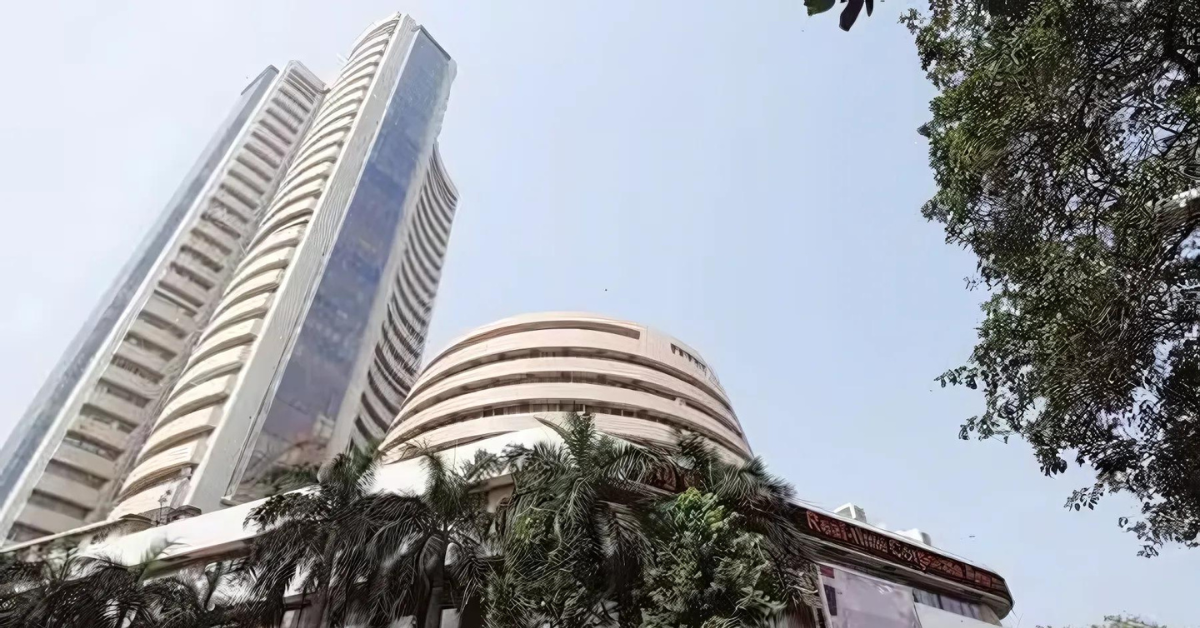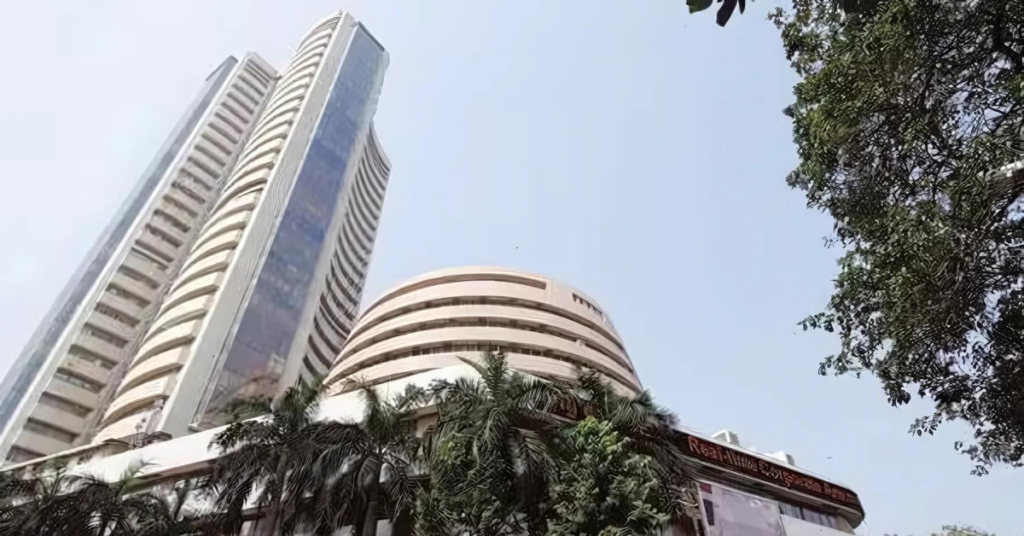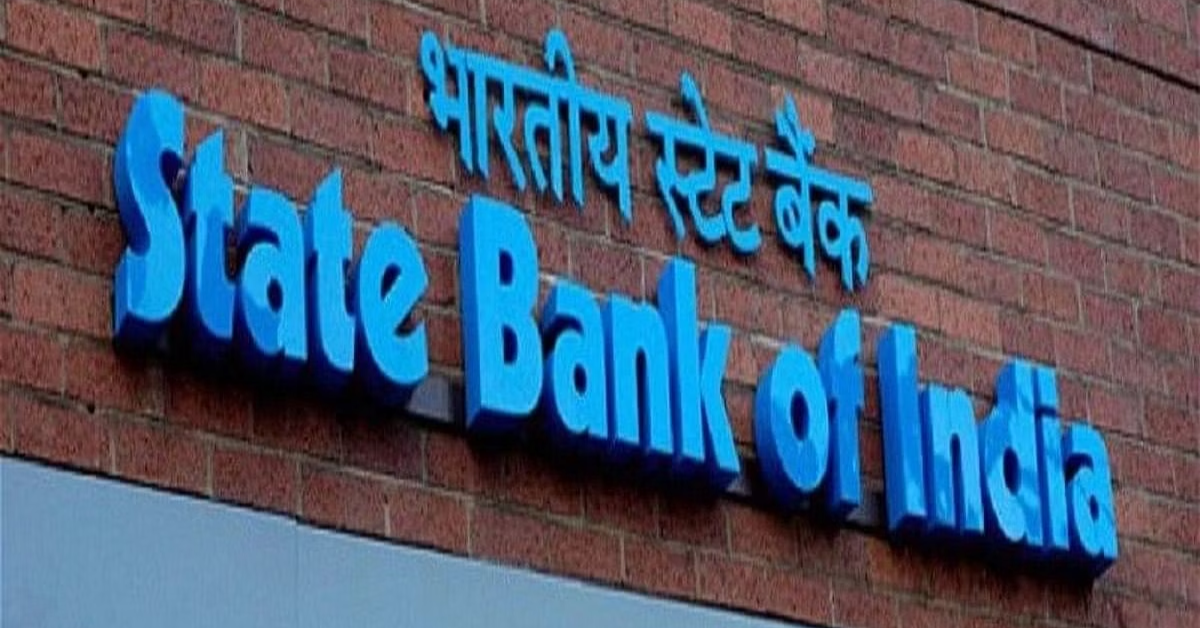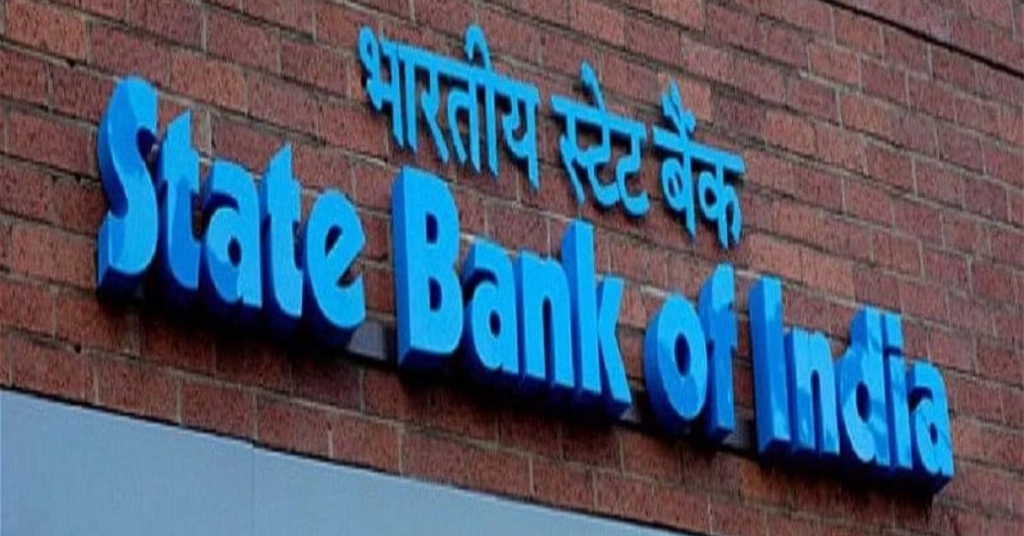
Top Technology solutions for Indian SMEs
Indian SMEs can significantly boost productivity through strategic technology adoption. This involves leveraging software solutions designed to streamline workflows and enhance efficiency. Consider exploring:
• Project management software: Tools like Asana or Trello can help teams collaborate effectively, track progress, and meet deadlines. This improves overall project delivery and reduces delays.
• Cloud computing services: Platforms such as AWS, Google Cloud, or Microsoft Azure offer scalable and cost-effective solutions for data storage, application hosting, and business continuity. This frees up valuable resources and reduces IT infrastructure costs.
• AI-powered automation tools: Automating repetitive tasks through robotic process automation (RPA) software can free up employee time for more strategic activities. This leads to increased output and reduced operational costs. Consider exploring tools that offer AI-driven insights for improved decision-making.
Investing in these technologies represents a significant step towards digital transformation for your SME. The benefits extend beyond increased productivity, impacting areas like customer service and employee satisfaction. Remember to carefully consider your specific business needs when choosing the right technology.
Effective cybersecurity measures are crucial alongside technology adoption. Protecting your business data and systems from threats is vital to maintain productivity and avoid costly disruptions. This includes implementing strong passwords, using firewalls, and regularly updating software.
Streamlining Operations for Growth
Streamlining operations is key for Indian SMEs aiming for growth. Effective technology can significantly improve various aspects of your business. Consider implementing:
• Enterprise Resource Planning (ERP) software: Solutions like Vision, Odoo or SAP Business One integrate various business functions – from finance and HR to inventory management and customer relationship management (CRM). This provides a centralised system for better control and data visibility.
• Customer Relationship Management (CRM) software: Tools such as Salesforce, Vision CRM or Zoho CRM help manage customer interactions, track sales leads, and improve customer service. This fosters stronger customer relationships, leading to increased loyalty and sales.
• Supply Chain Management (SCM) software: Optimising your supply chain through dedicated software improves efficiency in procurement, logistics, and inventory management. This reduces costs and ensures timely delivery of goods and services. Many SCM solutions offer integration with ERP systems for a holistic approach.
• Business Intelligence (BI) tools: Data analysis through BI tools provides valuable insights into business performance. This allows SMEs to make informed decisions based on concrete data, rather than relying solely on intuition. Many cloud-based BI solutions are available to SMEs in India.
Adopting these technologies contributes significantly to digital transformation. Remember that effective cybersecurity practices remain crucial throughout this process. Investing wisely in technology solutions tailored to your SME’s specific needs will lay the groundwork for sustainable growth.
Securing Your Business in the Digital Age
In today’s digital landscape, robust cybersecurity is non-negotiable for Indian SMEs. Protecting your business from cyber threats requires a multi-layered approach. This includes implementing strong password policies and regularly updating all software and hardware. Investing in a firewall is also crucial, acting as the first line of defence against external attacks.
Consider utilising a reputable antivirus and anti-malware software solution. Regular scans and updates are essential to detect and remove any malicious software. For enhanced protection, explore intrusion detection and prevention systems (IDPS) which monitor network traffic for suspicious activity and can block potential threats.
Data backups are paramount. Regularly backing up your data to a secure offsite location, such as cloud storage, protects against data loss due to hardware failure, ransomware attacks, or natural disasters. Cloud-based solutions often offer data encryption for an added layer of security.
Employee training is another vital aspect of cybersecurity. Educate your staff on best practices such as identifying phishing emails, creating strong passwords, and avoiding suspicious links. Regular cybersecurity awareness training can significantly reduce the risk of human error, a common entry point for cyberattacks. Investing in robust cybersecurity measures isn’t just about protecting data; it’s about safeguarding the future of your SME in India.
















